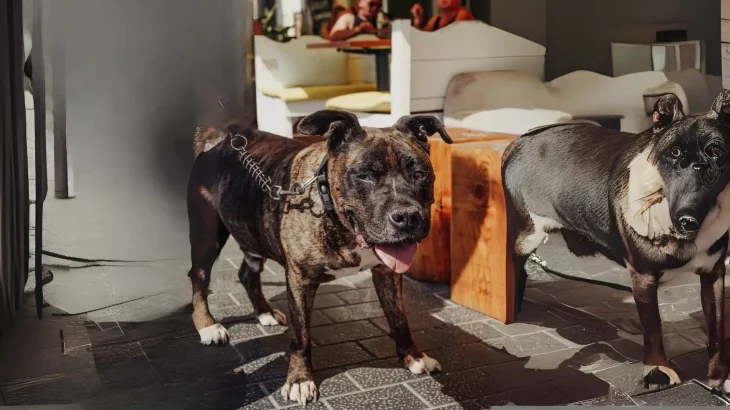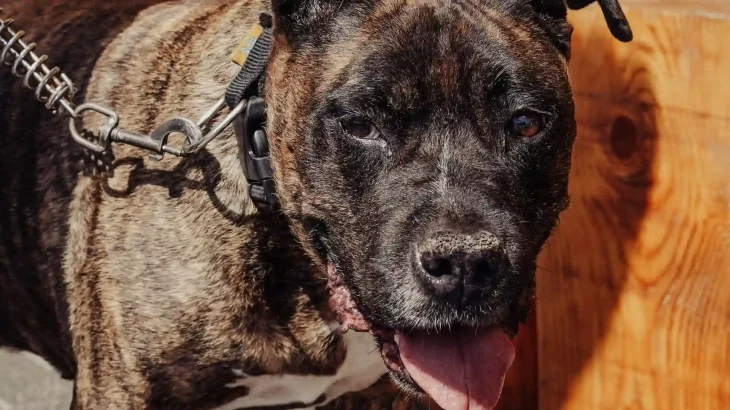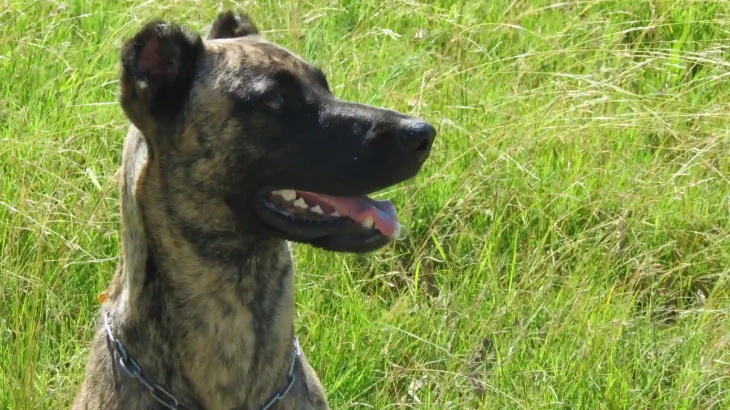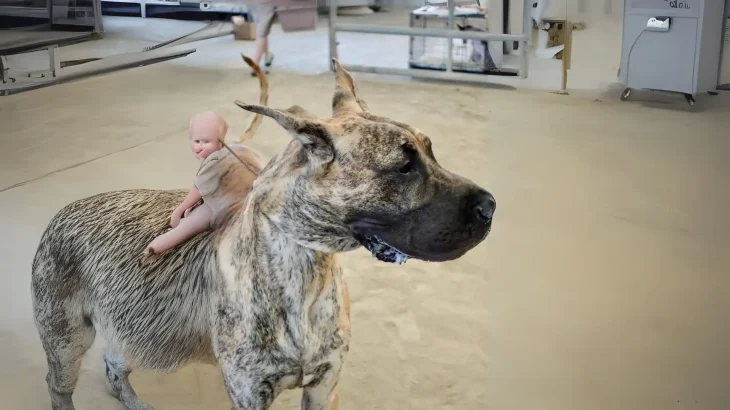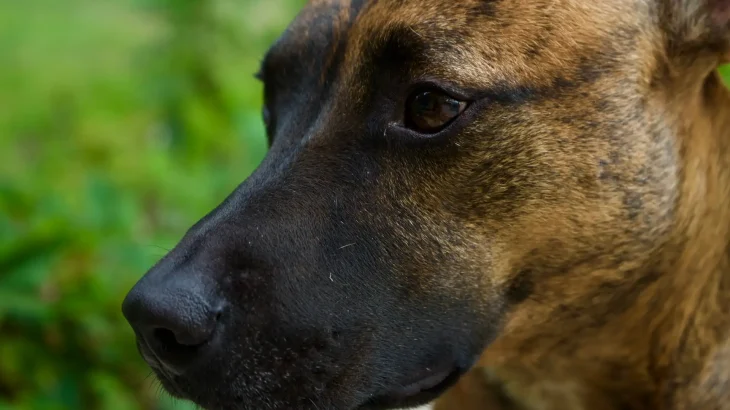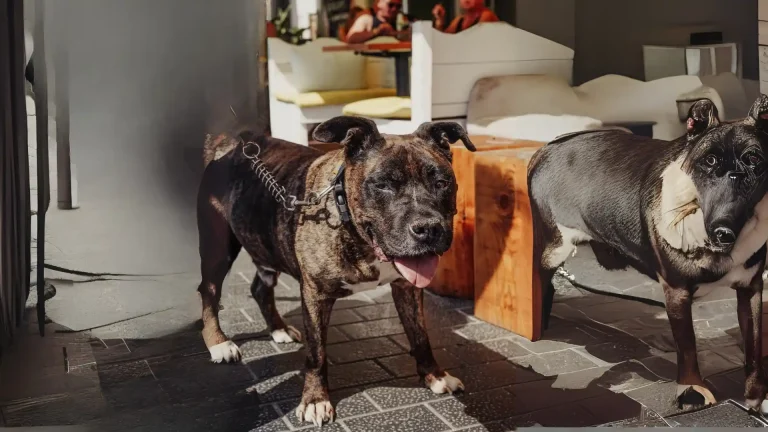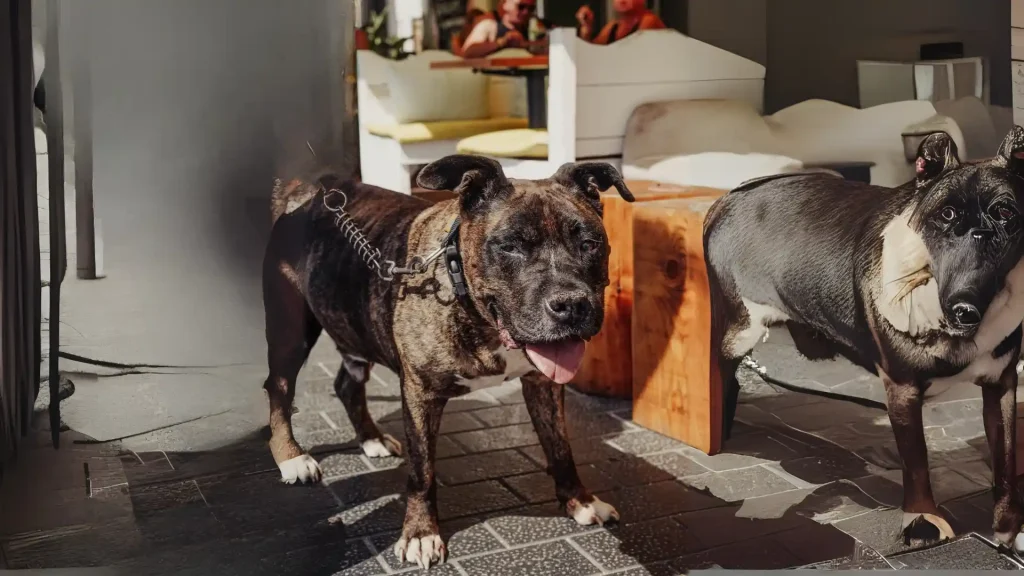Deciding whether to adopt or purchase a Cimarron Uruguayo puppy involves balancing availability and the level of background information you can access. Buying from a reputable breeder usually ensures detailed health and lineage records, whereas adoption options might be limited but offer the chance to provide a home to a dog in need. Both choices have unique benefits depending on what matters most to you as an owner.
| Criteria | Buying from Breeder | Adopting from Shelter/Rescue |
|---|---|---|
| Cost | Generally higher, reflecting breed rarity and pedigree. | Lower fees, but availability of this breed for adoption is rare. |
| Health History | Comprehensive health records and genetic screening often provided. | Health background may be unknown or limited. |
| Age Availability | Primarily puppies, allowing you to raise them from a young age. | Variety of ages possible, but Cimarron Uruguayo availability is limited. |
| Temperament Insight | Breeders can provide info about lineage temperament traits. | Shelter staff can share observed behaviors but full history may be unknown. |
| Supporting Practices | Supports breed preservation and responsible breeding if ethical. | Supports animal welfare by giving homes to dogs in need. |
| Breed Purity & Pedigree | Documented lineage and pedigree are typically provided. | Breed purity may be uncertain or mixed due to unknown history. |

